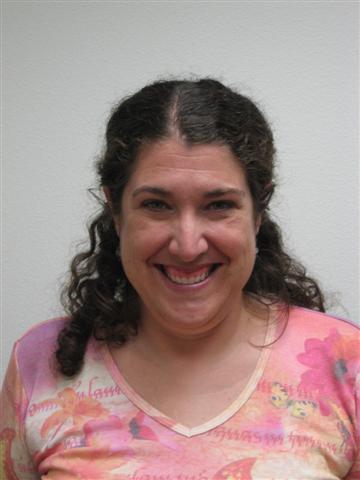Anaheim: Arts Education & Student Success Go Hand in Hand

 This week, Anaheim Unified High School was chosen as a Gold Ribbon School for demonstrating exemplary achievements in implementing California’s academic content standards and, the district also received recognition for having an “Exemplary Program in Arts Education, Career Technical Education, or Physical Activity and Nutrition.” According to Shanin Zeimer, a parent, PTA member and local organizer for our Local Advocacy Network, the district has a strong commitment to the visual and performing arts that goes hand in hand with overall student success.
This week, Anaheim Unified High School was chosen as a Gold Ribbon School for demonstrating exemplary achievements in implementing California’s academic content standards and, the district also received recognition for having an “Exemplary Program in Arts Education, Career Technical Education, or Physical Activity and Nutrition.” According to Shanin Zeimer, a parent, PTA member and local organizer for our Local Advocacy Network, the district has a strong commitment to the visual and performing arts that goes hand in hand with overall student success.
Numerous research studies suggest a correlation between access to high quality arts education and student success. Student involvement in the arts is linked to higher academic performance, increased standardized test scores, greater involvement in community service and lower dropout rates.[i]
So how can community members work to build a high quality arts program in their district? Shanin Zeimer and Pat Wayne, Field Manager for the Local Advocacy Network and Program Director for CREATE CA offered the following suggestions:
1. A District Arts Plan
PW: With the need for arts education so vast, many district administrators do not know where to start – a good plan, gives them a map that follows best practice and the community advocates simply have to be an encourager for the next step. The strength of this approach for advocacy lies in the fact that the district has a blueprint to follow and advocacy efforts can be very specific rather than a general ask. The Insider’s Guide to Arts Education Planning offers a great step-by-step guide to the process.
2. Arts in the LCAP
SZ: Anaheim Union High School has a district arts plan in place. Now I am working to update the plan and tied it to the district’s Local Control Accountability Plan (LCAP). Every district in required to submit a three-year LCAP plan and is required to consider existing school site plans and district arts plans in those plans.
PW: In some cases, districts are taking language right from an existing arts plan and dropping it into their LCAP. Community members can communicate their support for the arts by participating in public hearings and LCAP meetings. The Alliance’s LCFF Action Center has webinars, tools and templates hat advocates can use to participate.
3. Community Support
SZ: I have been keeping arts education on the radar at my local PTA meetings. It’s great to see PTA members joining our district’s LCAP committee. Working with a local arts council can be another great way to connect with community members who support arts education in local schools.
4. Relationship with Local School Board
SZ: I did the 3-minute presentation at the last school board meeting using a template provided by the California Alliance for Arts Education. My ask to the board was to update the VAPA Plan and provide more course offerings to meet student need.
PW: Our advocacy is centered on building partnerships and offering solutions. The members of the Local Advocacy Network strive to forge relationships with their local school boards and act as solutions partners in district planning and budgeting.
Read coverage of AUHSD’s recent recognition in the OC Breeze
The Local Advocacy Network provides professional development, advocacy expertise and communications tools to support arts education advocacy in local communities. Since its launch in 2008, the network has grown larger and stronger to include over thirty California communities, from Humboldt to Escondido. Each site has a unique set of circumstances, but all of them focus on the goal of ensuring that California public school students have access to a high-quality arts education. A Blueprint for Creative Schools offers recommendations for advancing this goal, many of which our network members are actively pursuing.
[i] Champions of Change, (1999)
p. 55, Figure 5
Imagination Project at University of California
Graduate School of Education & Information Studies
study: Chicago Arts Partnerships in Education Summary Evaluation










